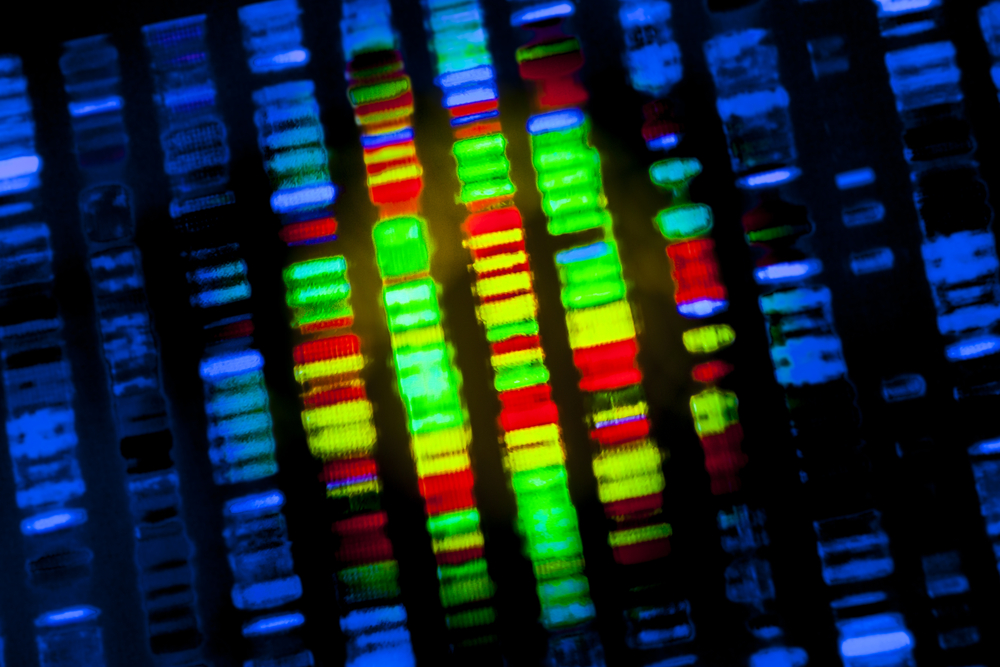Manipulating Protein and Gene Seen to Improve SMA Motor Symptoms in Animal Study
Written by |

Lowering levels of a newly identified protein, in combination with a splice-modifying therapy, improved symptoms and survival in animal models of spinal muscular atrophy (SMA), according to a recent study.
The finding suggests that targeting the factor — called neuronal calcium sensor neurocalcin delta (NCALD) — could be beneficial for SMA patients, researchers wrote in the study, “Neurocalcin Delta Suppression Protects against Spinal Muscular Atrophy in Humans and across Species by Restoring Impaired Endocytosis.” It was published in the The American Journal of Human Genetics.
Researchers at the University of Cologne in Germany identified four family members with genetic defects that normally cause SMA type 3 — a loss of SMN1 with only four SMN2 gene copies. All were asymptomatic (no muscle symptoms), but had SMN levels as low as family members ill with the disease. That indicated that the four might have a protective genetic factor that counteracted the effects of the lost SMN. (The loss of SMN mainly affects motor neurons, but organs can be impacted in people with severe types of SMA.)
The team previously found that people with increased activity in the PLS3 gene were protected against the effects of SMN loss, but these family members had normal PLS3 levels.
Testing also revealed low NCALD levels. This is only present in neurons, and is involved in calcium signaling within cells.
The team then conducted experiments in lab-grown cells and animals to better understand how lower NCALD levels can modify the impact of lost SMN1. They found that the protein controls endocytosis — a process in which cells can take up molecules from their surroundings — and that removing it from several animals resolved many of the motor-neuron defects resulting from SMN loss.
When mice with a severe type of SMA were manipulated to produce less NCALD, their motor symptoms improved, but they died at the same age as SMA mice with normal factor levels because of multiple organ failure.
Researchers then lowered NCALD levels in combination with a splice-modifying therapy (RNA manipulation that aims to correct genetic defects). This treatment improved the animals’ motor symptoms and survival.
“A combinational therapy that both elevates SMN and decreases NCALD … may provide a full protection, resulting in asymptomatic individuals,” the researchers wrote.






